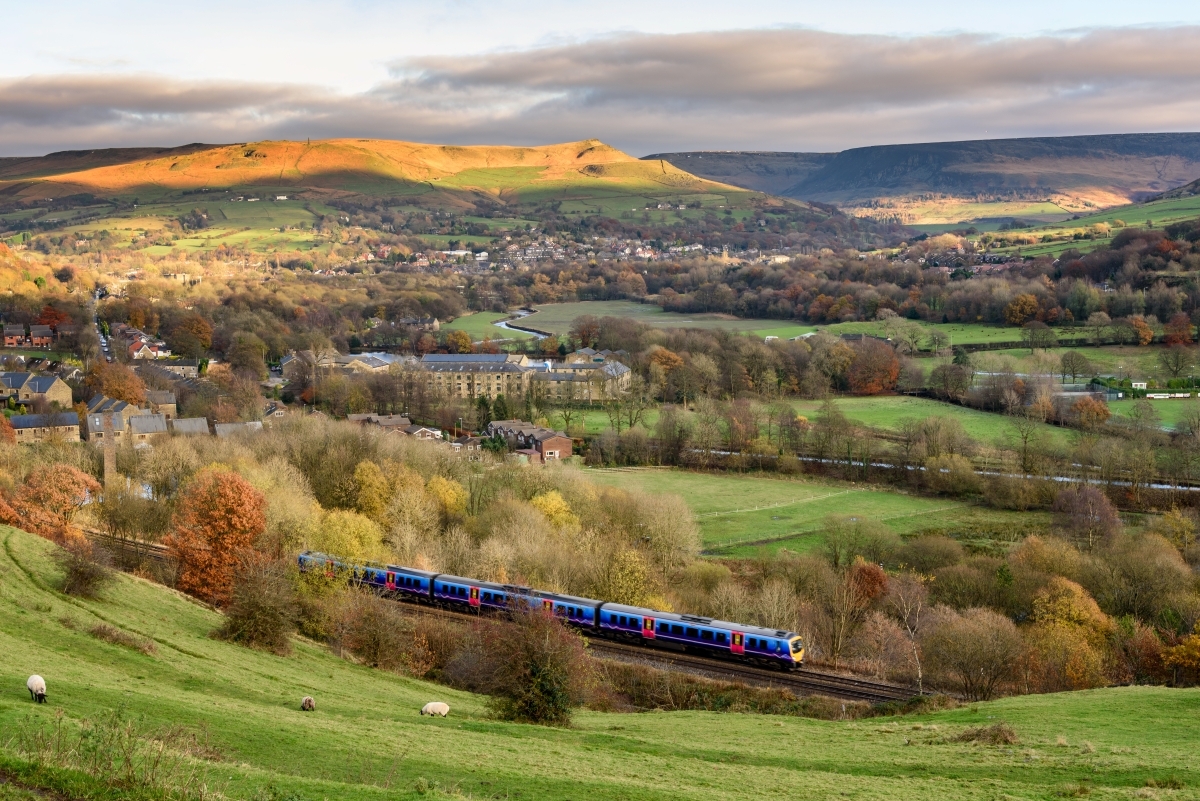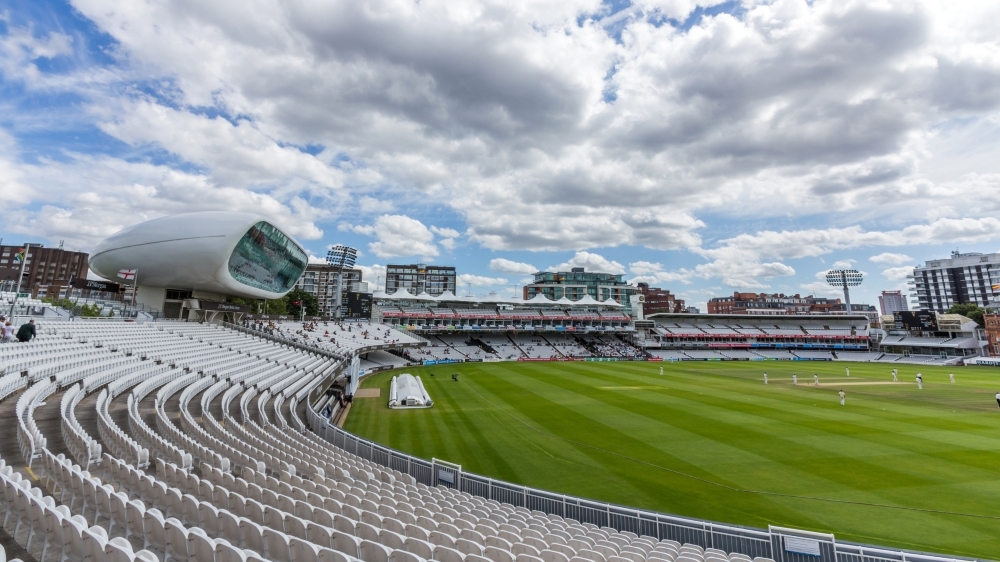Historic Homes: Period Properties in South West London
Riches abound in south west London, with its harmonious blend of ultra-luxurious amenities, leafy village charm, and sophisticated city living. From where it hugs the edge of central London, all the way through to its expansive Surrey borders, this is a truly glorious sprawl – and one that is also liberally adorned with a breathtaking and diverse array of incredible period properties. It’s a real treasure trove – you’ll find grand Victorian villas, elegant Georgian townhouses, substantial Edwardian family homes, and everything in between (some of which are truly unique). On where the ultimate hotspots are – and what you need to be aware of when purchasing a high-end period property – read our guide to the premium areas.
.jpg?width=1000&height=667&name=unnamed%20(58).jpg)
Structural Assurances
Many period homes were constructed before modern standards were established and imposed on house builders. They can, therefore, be exposed to structural issues (albeit many older properties in Britain were built to very high standards, and with superb raw materials, relative to today’s realities). Either way, never opt for a basic homebuyer’s report; always commission a full structural survey that will comprehensively inspect and report back on the roof, chimneys, foundations, drainage systems, and more.
Planning Restrictions
If the property is ‘listed’ or in a conservation area, then making alterations may require consent or planning approval. A listed building is one that is officially recognised as being of special architectural or historic interest, and therefore it is protected by law in order to preserve its character. Ambitious extensions, green energy upgrades or big modernisation projects can prove tricky to execute, limiting the potential of the space. The flipside is that listed buildings tend to be prestigious, beautiful and very valuable.
Original Features
Original fireplaces, sash windows, decorative cornicing, hardwood floors serve to enhance the character and value of a period property, and without them, it is hard to justify the cost. While they often require extensive maintenance and highly specialised restoration, a job well done pays dividends – both financially and aesthetically.
Energy Efficiency
Unless upgrades have already been made, period properties in their ‘original’ state are unlikely to be insulated as well as a modern home. An Energy Performance Certificate will help you to understand how you can uplift efficiency. Great strides have been made in recent years with high-tech insulation, modern heating systems, and discreet solar installations, so greatly improving energy efficiency is achievable.
Renovation Potential
Transforming a period home is time-consuming and takes great patience, but the rewards can be significant. Be sure to appoint a heritage architect and /or a planning consultant to guide and advise on how ambitious you can be, what renovations are realistic, and to help navigate approvals for tricky planning permission applications.
Maintenance & Insurance
A regular calendar of maintenance works is advisable for period properties, especially high-end homes that proud owners justifiably want to look every bit as incredible as their elevated reputation and cost. Be confident of assembling a highly-skilled and trusted workforce that can take care of the grounds, repointing, repainting, timber care, drainage fixes, roofing, and electricals.
Being savvy about what to look out for when buying a heritage home is vital. Knowing where the most desirable properties are is just as crucial. Here is our guide.
Richmond Hill & The Vineyard
This is a prized enclave: glowing with genuine architectural splendour and perched high on elevated ground with stunning (and law-protected) views across the Thames. Grade II-listed Georgian townhouses, deeply elegant Queen Anne villas, and gorgeously preserved Victorian residences line streets such as The Vineyard, Compass Hill, and Richmond Hill itself. These properties showcase London’s architectural golden age, and are protected as part of a historic conservation zone - one that will likely last for centuries to come.
Wimbledon Village
Every year, the Wimbledon Tennis Championships turn this comfortable corner of south west London into a cornucopia of quintessential British charm, with a healthy dash of international glamour. But Wimbledon Village is intoxicating all year round, blending London affluence and luxury with a distinctive semi-rural charm. Stunning Victorian and Edwardian detached houses with extensive gardens are in relatively good supply, though ownership of these palatial family homes – especially on streets like Marryat Road, Belvedere Drive, and Parkside – is fiercely contested when they come up for sale.
Clapham Old Town
There is a joyous and otherworldly feel to Clapham Old Town – its beautiful Georgian and early Victorian terraces and villas, laid out around peaceful squares and tree-lined crescents, almost make it feel as if time has stopped still. Architectural prestige is everywhere you turn, and its period homes are deeply coveted by top executives and professionals, who also appreciate the area’s superb social scene and connectivity (the Northern Line is close by for access to the London Underground system). Ultra-prime hotspots for properties are Grafton Square, Macaulay Road and Orlando Road.
Barnes
Brimming with riverside walks, lush green commons, and tranquil streets, Barnes doesn’t feel like it’s in London at all, though the buzzing capital is 8 miles up the road. Hence the rich allure of Barnes, allied to its incredible and highly desirable architecture, which ranges from Victorian villas dotted along the River Thames, Georgian cottages hidden away down secret lanes, and imposing Edwardian family houses. Look out in particular for The Castelnau Estate – famous for its row of breathtaking white stucco mansions.
The appeal of period properties is deeply intoxicating, especially in an area as beautiful and stimulating as south west London. Whether Georgian, Victorian, Edwardian – or otherwise – they represent so much more than just a home. Surrounded by architectural wonder, you’re fully immersed in a sumptuous, highly valuable piece of living history.



